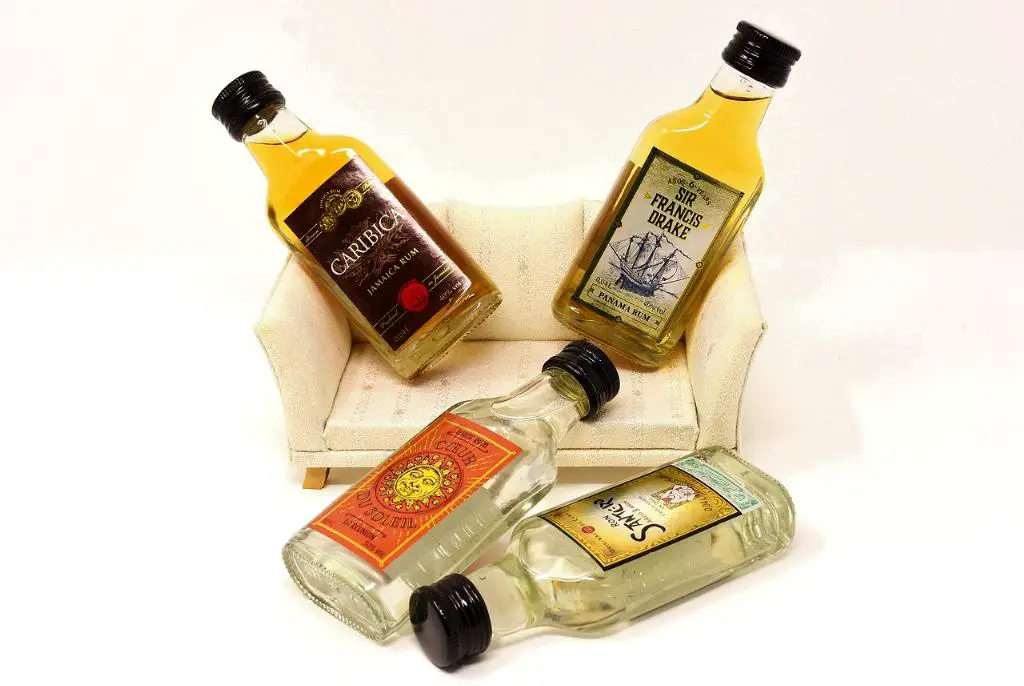Fermentation is a crucial step in the production of rum, as it is in the creation of many other alcoholic beverages. The length of time it takes to ferment rum can vary depending on a few factors, including the type of yeast used, the temperature of the fermentation environment, and the pH of the molasses being used. In this article, we will explore the different variables that can impact the fermentation process and provide you with a better understanding of how long it generally takes to ferment rum.
The Role of Yeast in Rum Fermentation
Yeast is the unsung hero when it comes to rum production. These tiny microorganisms play a crucial role in the fermentation process by converting the sugars in molasses into alcohol. Different strains of yeast can have varying fermentation rates, with some being faster and more efficient at converting sugars than others. The choice of yeast can impact the overall fermentation time.
The Impact of Temperature on Fermentation Time
Temperature is another factor that can affect the fermentation time of rum. Yeast organisms thrive in specific temperature ranges, typically between 70°F and 85°F (21°C to 29°C). Lower temperatures slow down the fermentation process, while higher temperatures may speed it up. It is essential to maintain a consistent and controlled temperature during fermentation to ensure optimal yeast activity and a successful fermentation process.
The Role of pH in Rum Fermentation
The pH level of the molasses being fermented can also impact the fermentation time. Ideally, the pH should fall within the range of 4.4 to 4.6 during rum fermentation. If the pH is outside of this range, it may be adjusted by adding the acidic residue, known as lees, left in the still after an earlier distillation. Maintaining the correct pH level is important for the yeast’s overall health and performance.
The Fermentation Timeline
Now that we understand the variables that can affect the fermentation process, let’s discuss the general timeline it takes to ferment rum. Typically, fermentation can take anywhere from 24 hours to two weeks. However, it’s important to note that this is a general guideline, and the actual time can vary.
Short Fermentation
In some cases, a shorter fermentation period of around 24 to 48 hours may be used, especially when producing lighter-style rums. This shorter fermentation allows for less flavor development and a higher alcohol content, resulting in a lighter and more neutral spirit. It is important to note that the specific flavors and characteristics of rum are enhanced during the longer fermentation period.
Extended Fermentation
On the other hand, some rum producers opt for an extended fermentation period of up to two weeks or more. This longer fermentation time allows for more complex flavor compounds to develop and gives the rum its distinct aromas. During this extended period, the yeast has more time to convert sugars into alcohol and produce various flavorful byproducts, such as esters and fusel oils.
The Importance of Monitoring
Regardless of the chosen fermentation timeline, it is crucial to monitor the process closely. Regularly checking the specific gravity, pH, and temperature can help ensure that the fermentation is progressing as desired. Any deviations from the ideal conditions can be addressed promptly, allowing for a successful fermentation and the production of high-quality rum.

Conclusion
Fermentation is a vital step in the production of rum, and the length of time it takes can vary depending on several factors. The choice of yeast, temperature, and pH of the molasses all play a role in the overall fermentation timeline. Whether opting for a shorter or extended fermentation period, close monitoring of the process is essential to achieve the desired flavors and aromas. So, the next time you enjoy a glass of rum, take a moment to appreciate the complex and meticulous process that went into its creation.
